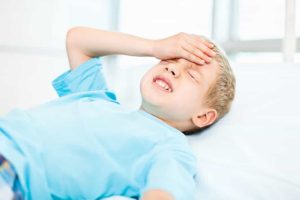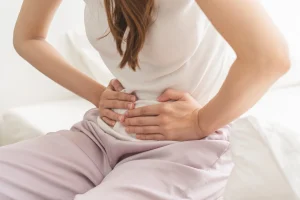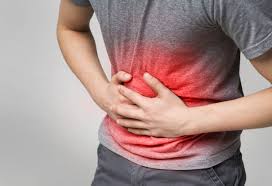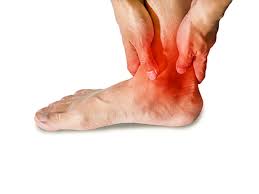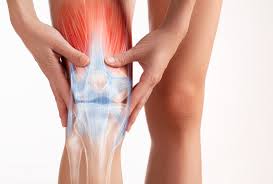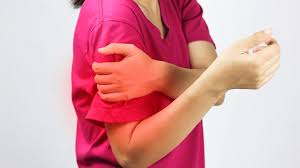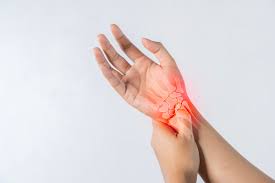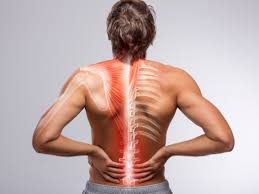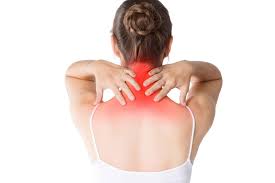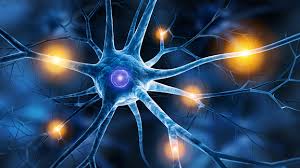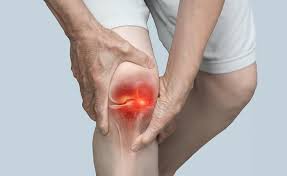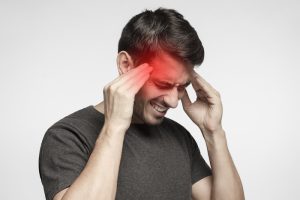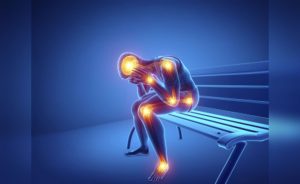1. Causes
Back and hip pain often results from muscular strain, joint dysfunction, nerve compression, or postural imbalances. The lumbar spine and pelvis are interconnected, and dysfunction in one area can easily affect the other. In TCM, this type of pain may be attributed to kidney deficiency, Qi and blood stagnation, or cold-damp obstruction in the lower back and hip meridians.
2. Underlying Factors
– Lumbar muscle strain or ligament sprain
– Herniated or degenerative spinal discs
– Sacroiliac joint dysfunction or pelvic misalignment
– Sciatica from nerve root compression
– Arthritis in the lumbar spine or hip joint
– Prolonged sitting, poor posture, or heavy lifting
– Cold exposure to the lower back area
3. Symptoms
– Dull, aching, or sharp pain in the lower back or hip region
– Stiffness in the morning or after prolonged sitting
– Radiating pain down the leg (sciatic distribution)
– Muscle tightness, spasms, or imbalance
– Limited bending, walking, or rotation ability
– Numbness or tingling in the hip, buttocks, or leg
4. Treatment Options
– Physiotherapy: Core strengthening, postural correction, and gait retraining
– Acupuncture: Targets trigger points and meridian pathways to reduce inflammation and pain
– Manual therapy: Includes deep tissue massage, mobilization, and pelvic balancing
– Cupping or scraping: Applied along the lower back and hip lines to release fascia
– Electroacupuncture or TENS: Especially effective for nerve-related or chronic lower back pain
5. At-Home Tips
– Use heat therapy such as warm packs on the lower back for relaxation
– Avoid prolonged sitting; stand or walk every 30–60 minutes
– Do gentle hip and lumbar stretches daily (e.g., knee-to-chest, cat-cow stretch)
– Sleep with a pillow under the knees (back sleepers) or between the legs (side sleepers)
– Maintain healthy body weight and engage in low-impact exercises
– Recommended products: lumbar support belts, herbal patches, foam rollers, back massager



